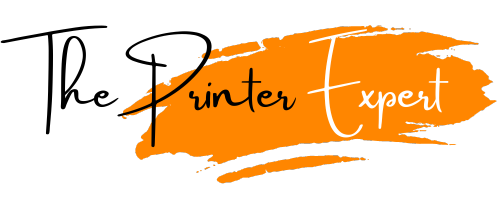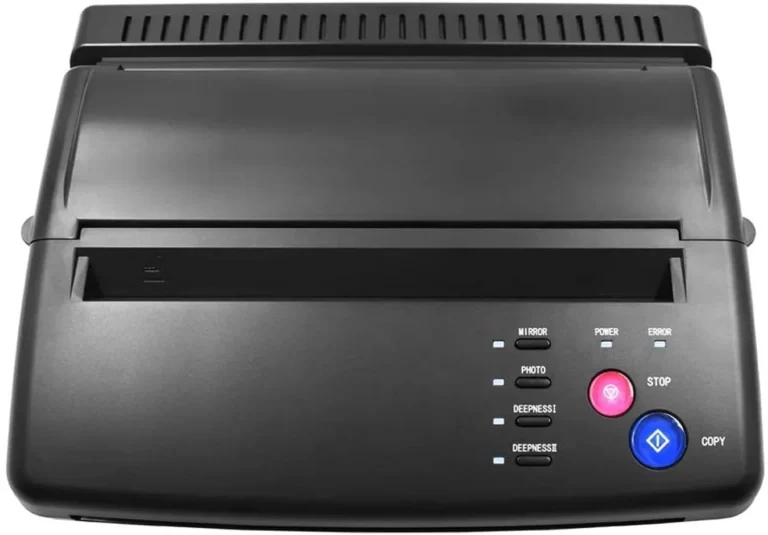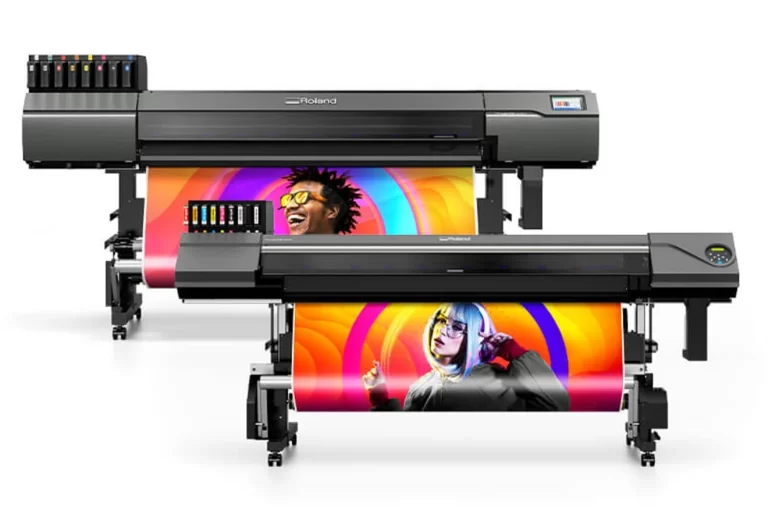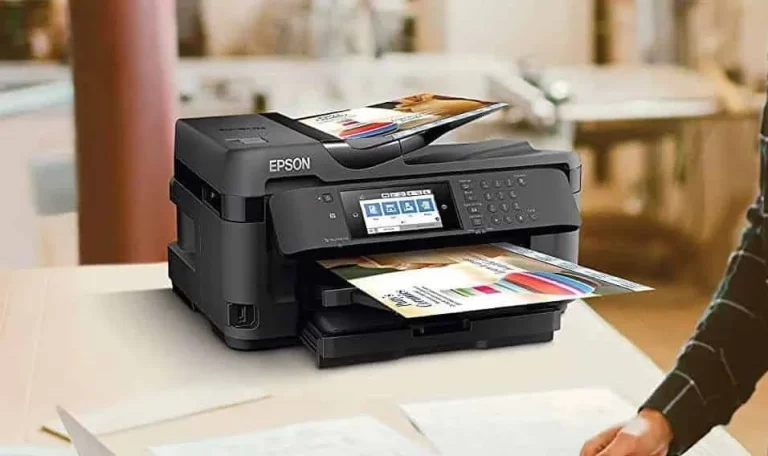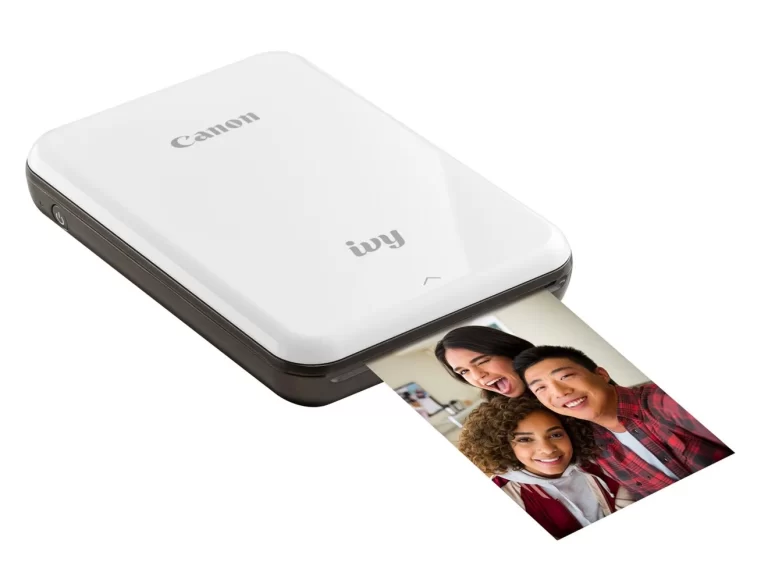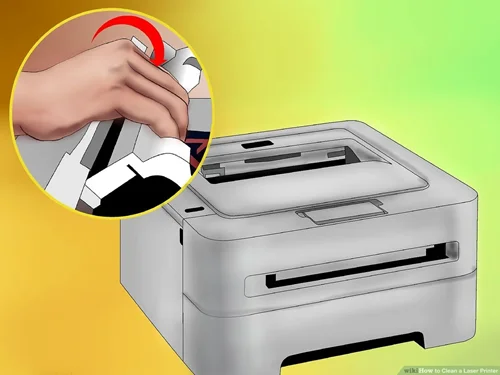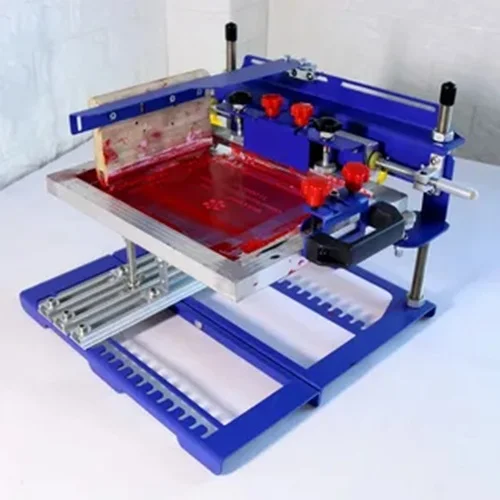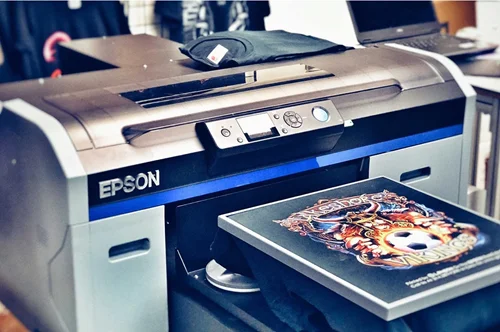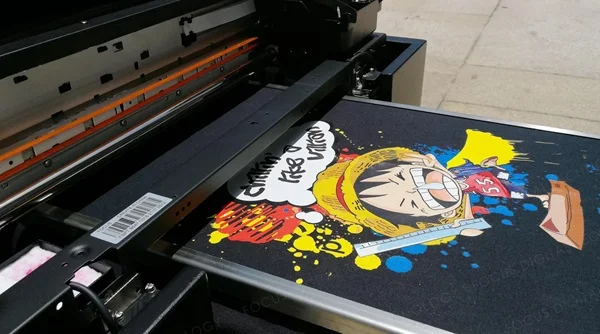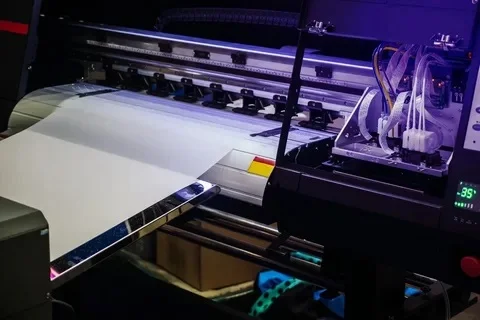Welcome to The Printer Expert
Guiding you by giving the latest trends, Testimonials, and Best DTF printers information to get quality prints.
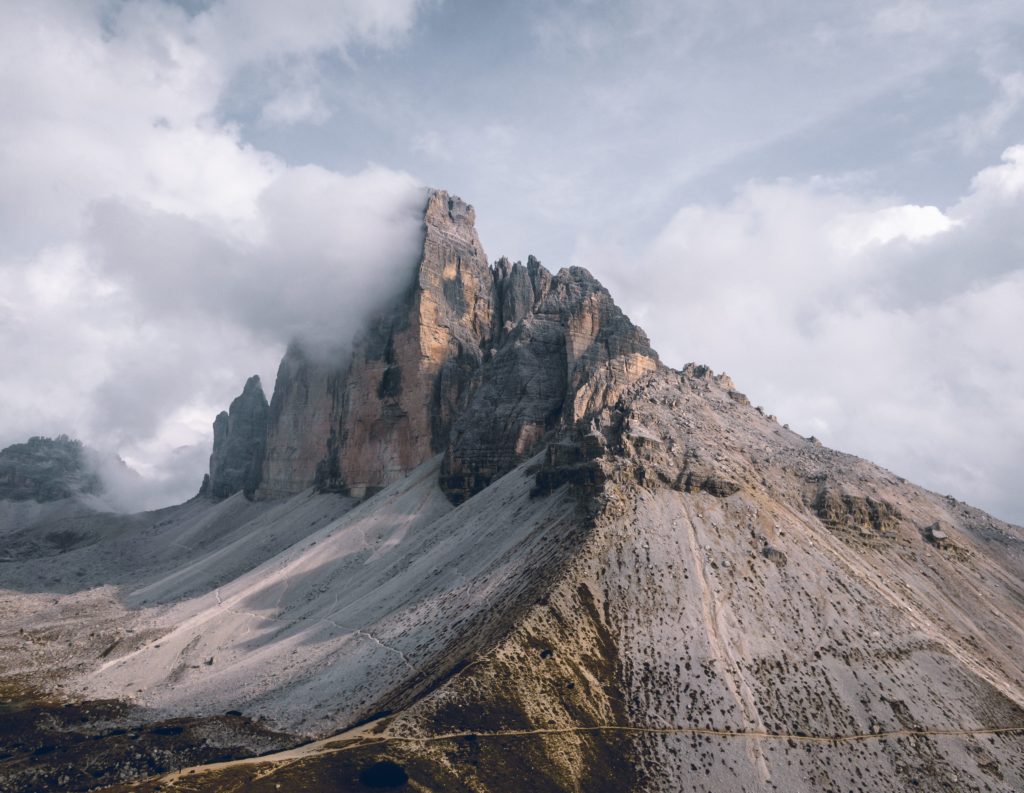
About Author
Greetings, fellow printing enthusiasts! I’m Michael Bolt, the passionate mind steering the ship at theprinterexpert.com. I have years of experience in the printing industry which makes me an expert in this field. I have worked with and tested several DTF printers and know the ins and outs of different printers.
As an expert, I founded this platform to cultivate a space where DTF (Direct-to-Film) and DTG (Direct-to-Garment) printing truly come to life. At The Printer Expert, my mission is clear: to provide you with more than just product information. I aim to curate a community where you can explore the latest trends and read comprehensive reviews that fuel your passion for exceptional printing. Happy Printing!
Testimonials
“
Simplicity meets efficiency at The Printer Expert. Their user-friendly interface and straightforward navigation make printing a simple and enjoyable process. I found everything I needed for my T-shirt printing business in one place.
James Walker
“
I wasn’t sure where to start with DTF printing, but The Printer Expert guided me step by step. It goes beyond just selling printers – it’s a hub of knowledge, with guides and recommendations that set me up to grow. The result? Print happiness is guaranteed!
Oliver Reynolds
“
This is the best investment I’ve ever made in my business. Their informational guide was excellent in helping me set it up and showed me different things. You get good value for your money with software, film, powder, and ink.
Charlotte Mitchell
Faqs
What is DTF printing?
DTF is an abbreviation for Direct To Film. DTF printing is a method of transferring designs directly onto textiles and fabrics like cotton, polyester, or their blends by using specialized printers and inks.
Can I use DTF printing for dark-colored garments?
Yes, DTF printing is suitable for both light and dark-colored garments. It is commonly used for light-colored garments but also possible to use DTF printing for dark-colored garments.
How does DTF printing differ from DTG printing?
DTF printing involves printing onto a film, which is then transferred to the fabric, while DTG printing applies ink directly to the fabric. DTF printing is ideal for giving multi-color prints with higher longevity, while DTG prints produce vibrant, high-resolution designs.
What maintenance is required for a DTF printer?
Regularly clean the printhead by using a cleaning solution to prevent clogs. Maintenance of transfer film and powder, ink cartridge replacement, and adjustment are essential for the reliability and longevity of the best DTF printer.
Can I use any printer to print DTF?
No, Not all inkjet printers are designed for dtf prints. You need to ensure that the desktop inkjet printer you choose has the capability for textile DTF printing by using special DTF ink and is also compatible with DTF transfer films.
Is it profitable to print DTF?
When it comes to small quantity orders in DTF type of printing for getting good durability and great print work this can be a better choice. But if you need a fast and economical process for the short run with complex patterns, DTG may be an appropriate alternative for you.
What should I look for in a best DTF printer?
When buying a best DTF printer, several things are considered for quality textile customization. The main things you’ve to focus on are the printer’s speed, print dimensions, printing quality, reliability, and price.
What is the average printing speed of Best DTF printer?
A DTF printer can print about 150 white T-shirts or 60 black T-shirts in a day. The average printing speed is about 3 square meters per hour. But it can vary according to specific models and printing settings.
How do I calibrate colors on my DTF printer for accurate color reproduction?
Calibrating colors on your DTF printer involves utilizing color management tools and software to ensure precise color reproduction and maintain consistency across different prints and fabric types. First, calibrate your monitor and make sure you’re using the right printer driver for your best DTF printer.
